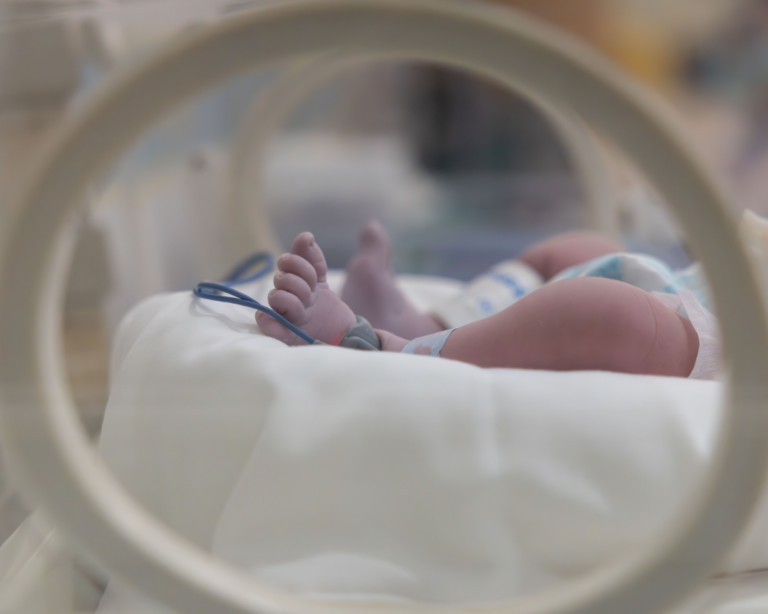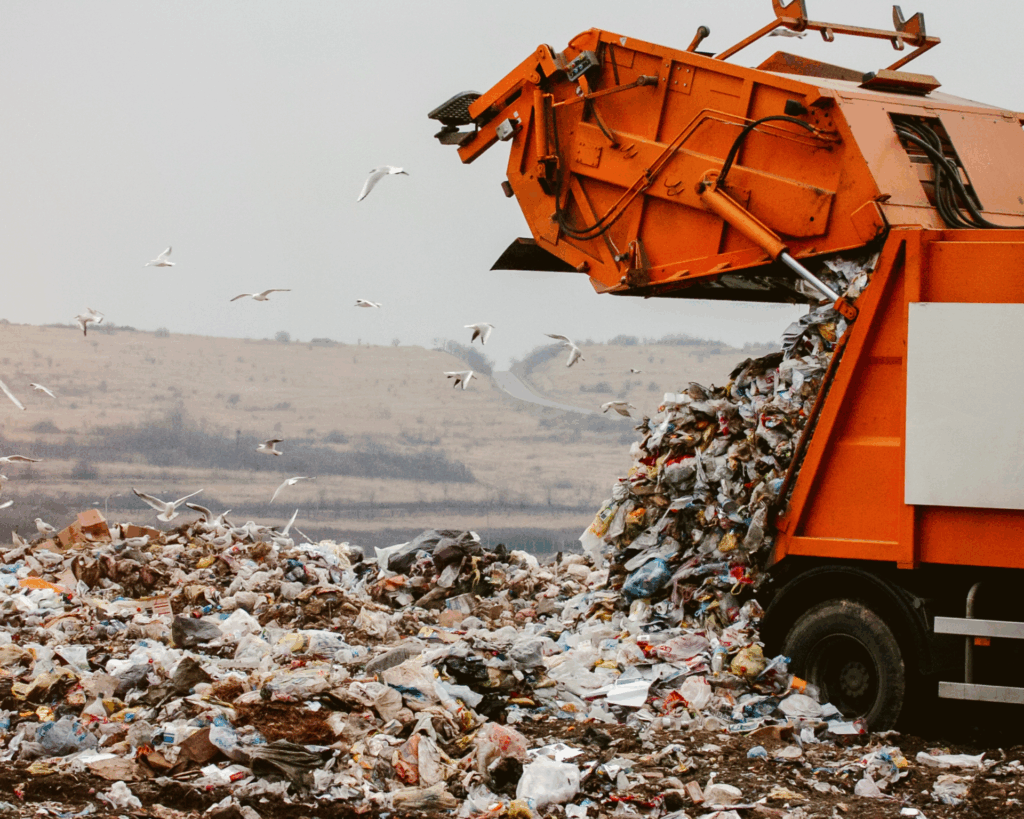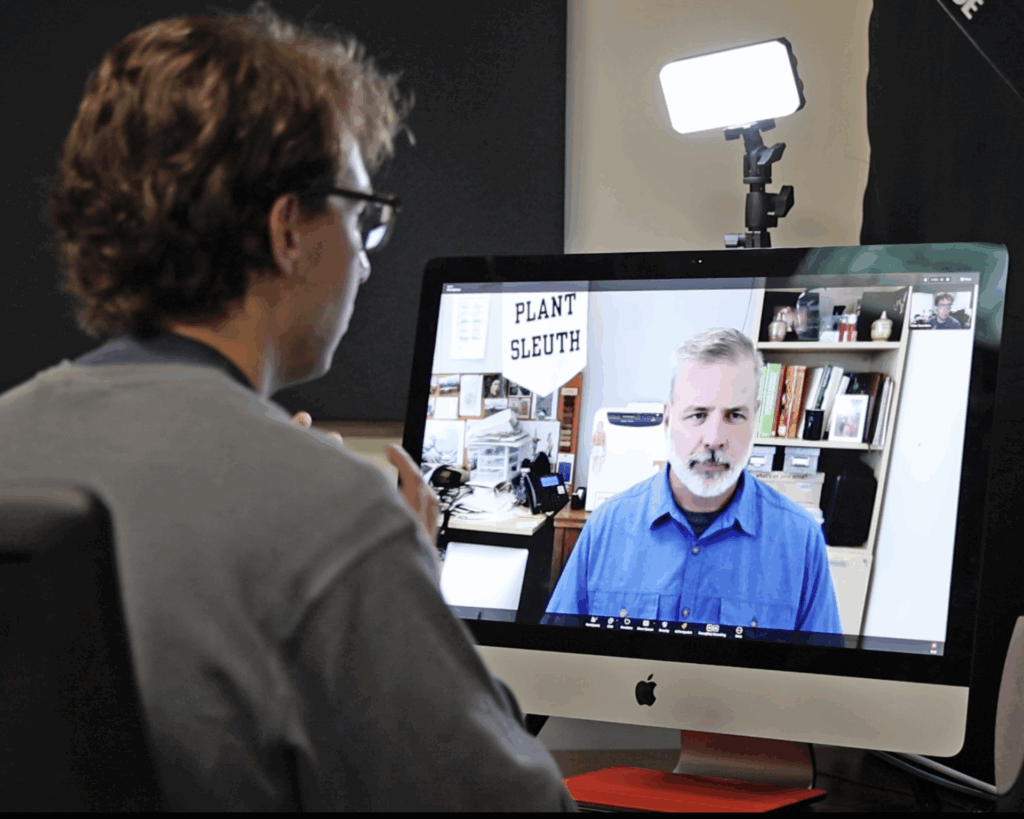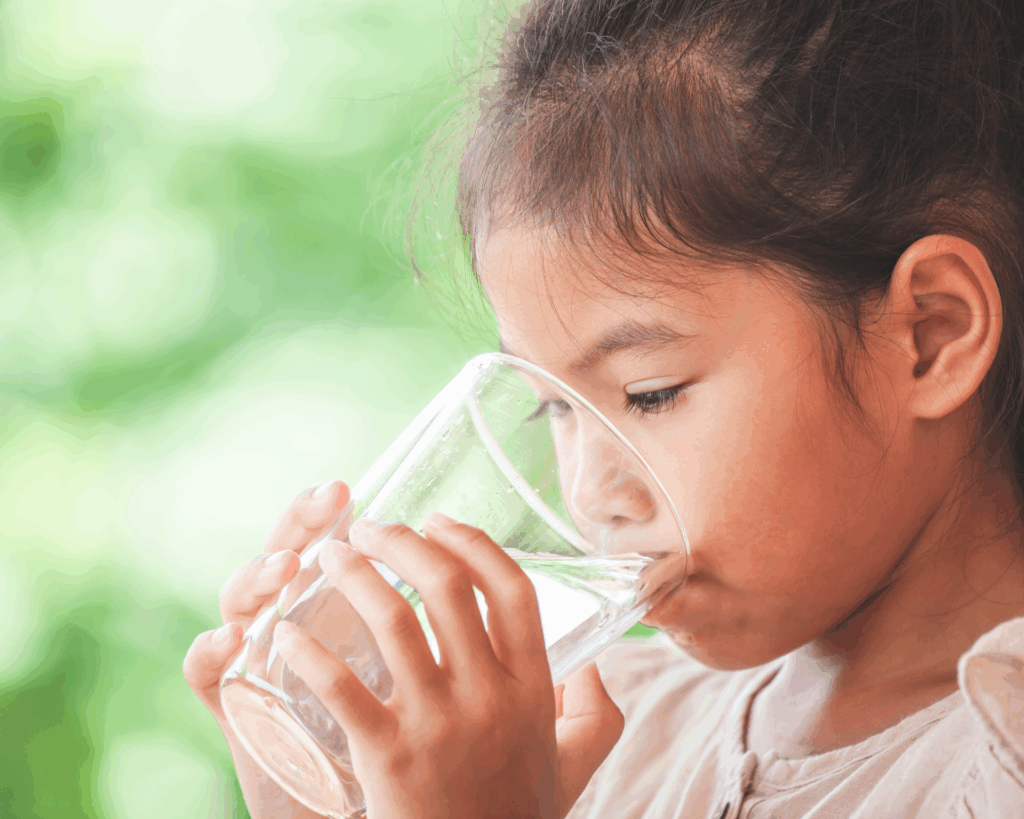Before the First Cry: A Crisis in Neonatal Health
Babies exposed to high levels of NO2 in the final weeks of pregnancy had a 30% higher risk of NICU admission than those with cleaner air.

Read Time: 2 minutes
Published:
Across the globe, more newborns than ever require intensive medical care at birth, and environmental factors may be playing a larger role than we once thought. Air pollution does more than just fill our lungs with dangerous chemicals – it silently harms nearly every part of our body.
A growing body of research connects air pollution to poor birth outcomes, showing how environmental exposures before birth can shape a child’s health and well-being for decades to come.
Yohane Phiri and colleagues analyzed over 3.5 million birth records from 2018, sourced from the U.S. National Birth Registry for single births, to study neonatal intensive care unit (NICU) admissions. They focused on pollutant exposure during the month before birth, a common factor in late-pregnancy complications.
Infants born in areas with high pollution levels were significantly more likely to be admitted to the NICU.

One of the most striking findings was the link between nitrogen dioxide (NO2) exposure and newborn health. This pollutant, released from vehicle emissions and industrial activity, is small enough to penetrate deep into the lungs and cause inflammation. The study found that babies exposed to high levels of NO2 in the final weeks of pregnancy had a 30% higher risk of NICU admission compared to those living with cleaner air.
Air pollution levels also fluctuate throughout the year, with seasonal variations influencing exposure risks. Data from across the country shows that NO2 concentrations are highest during winter, when cold weather traps pollutants closer to the ground. This means babies developing during high-pollution months may face even greater risks, highlighting the need for year-round air quality protections.
In addition, air pollution does not affect everyone equally. Communities of color and lower-income neighborhoods often face the highest levels of NO2 and other harmful pollutants due to structural inequities like residential segregation, proximity to highways and industrial sites, and weaker environmental protections.
Protecting air quality is more than cleaner skies — it’s about giving every child a fair start in life, free from the invisible harm that pollution can cause before they even take their first breath.



